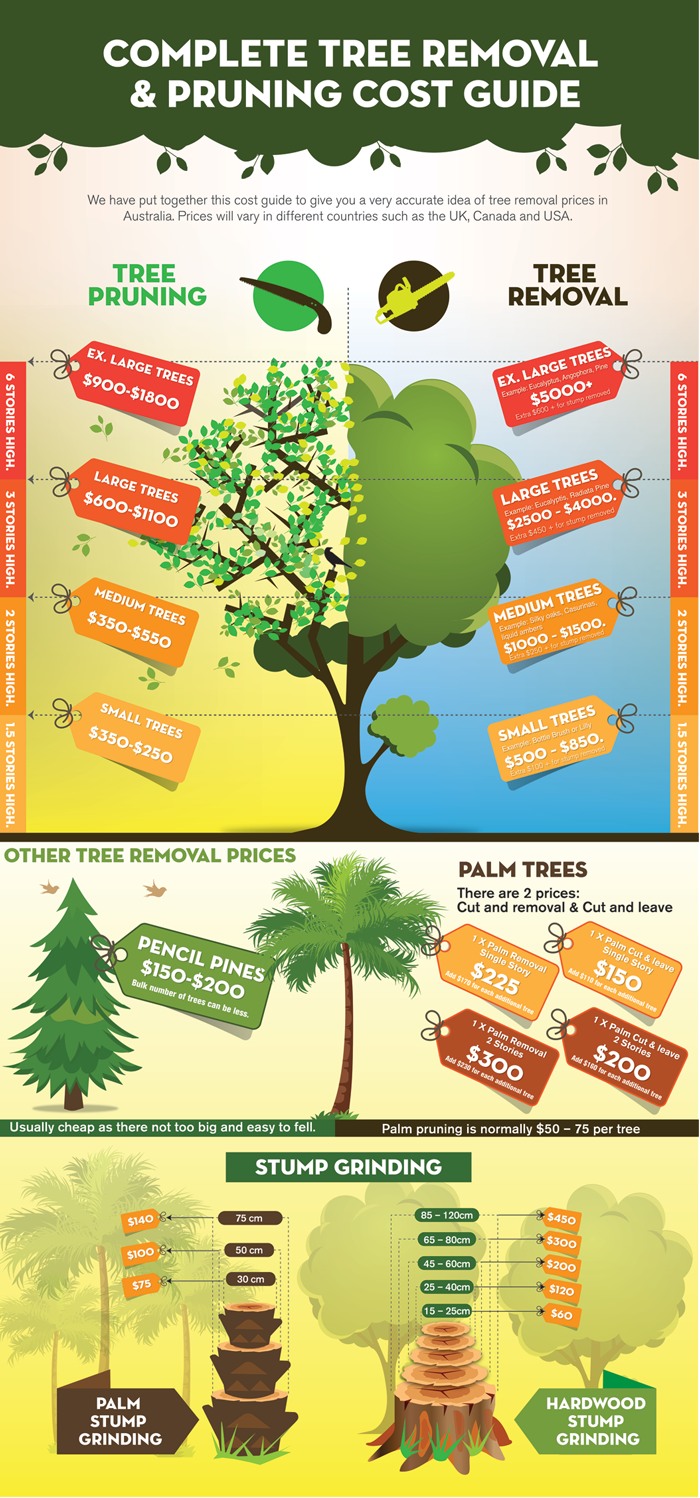When it comes to seasonal tree care, guaranteeing correct management prior to and after removal can considerably impact the health and wellness and looks of your landscape. By comprehending low maintenance japanese garden plants associated with evaluating tree health and planning for elimination, you can proactively safeguard your property. But what concerning the essential practices to follow when the tree is gone? Remain tuned to discover the crucial post-removal treatment actions that will aid you grow a growing and lasting environment for your trees.
Pre-Removal Tree Care
Before attending to the elimination of a tree, it's critical to focus on pre-removal tree care. Beginning by evaluating the tree's wellness and architectural integrity. Try to find indications of disease, pest problems, or any type of architectural issues that might pose a security danger throughout removal. It's necessary to consult with a certified arborist to determine the very best strategy.
Trimming dead or unhealthy branches can avoid more damage to the tree and ensure a smoother removal process.
Furthermore, take into consideration the ecological impact of getting rid of the tree. Trees play an important function in our environment, so planting a brand-new tree in an appropriate location can aid balance out any type of loss. Make sure that you have the required permits and consents for tree removal, especially if the tree is safeguarded by local laws.
Seasonal Upkeep Tips
Analyzing your tree's needs throughout the year is imperative for its wellness and durability. To keep your trees in leading problem, follow these seasonal upkeep suggestions.
In spring, focus on pruning to eliminate dead or damaged branches and urge brand-new growth.
https://how-to-remove-large-tree17394.yomoblog.com/36576850/the-five-trick-advantages-of-picking-stump-grinding-for-enhancing-your-landscape calls for regular watering, especially during droughts, to guarantee your tree remains hydrated.
As autumn approaches, keep an eye out for very early indications of condition or stress and anxiety, and consider using mulch to secure the origins during winter season.
In winter season, beware when getting rid of snow from branches to prevent damage, and remain to monitor your tree's general health and wellness.
Bear in mind to adjust your treatment routine based on the particular demands of your tree species and regional environment. By remaining mindful and proactive throughout the periods, you can help your trees grow and prosper for years to find.
Post-Removal Tree Treatment
To make certain the health and wellness of your landscape also after tree removal, correct post-removal treatment is crucial. After a tree is eliminated, it's vital to fill up the continuing to be hole with topsoil and portable it to stop settling. This will certainly help preserve the integrity of the ground and avoid potential dangers in the future.
Think about planting new greenery in place of the eliminated tree to recover the balance and appearances of your landscape. Frequently water the area to advertise the growth of new plants and protect against dirt disintegration.
Examine the surrounding trees for any kind of signs of illness or stress that may have been caused by the eliminated tree. Watch out for bugs that could've been attracted to the previous tree and take safety nets to shield the continuing to be plants.
If required, seek advice from a specialist arborist to analyze the impact of the removal on the surrounding trees and figure out any extra care needed. By following these post-removal treatment steps, you can make sure the continued health and charm of your landscape.
Conclusion
To conclude, aggressive seasonal tree treatment is important for maintaining the wellness and equilibrium of your landscape. By examining tree health, pruning, and speaking with an arborist before removal, you can guarantee a secure process. After elimination, loading the hole, planting brand-new vegetation, and regular watering will advertise new development and avoid disintegration. Bear in mind to inspect surrounding trees for disease and look for additional care actions from an arborist to keep your landscape flourishing.
